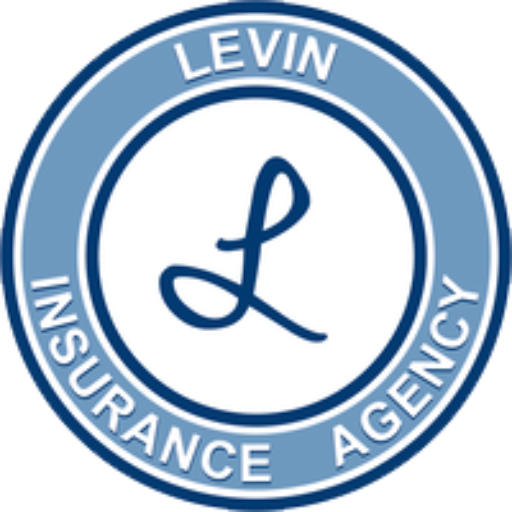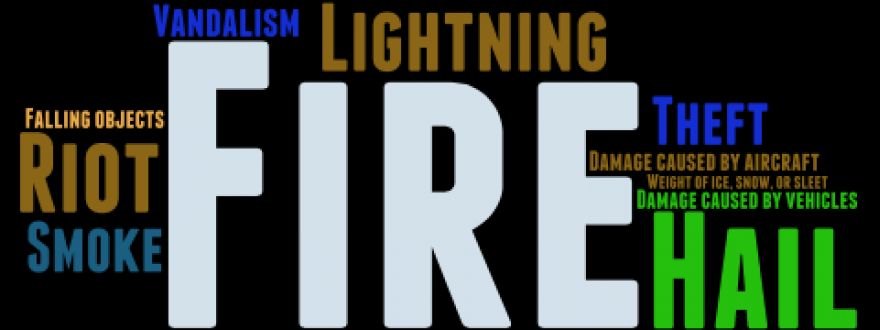Did you know not all insurance policies cover all losses? It’s true! Insurance policies are generally classified into two types: Named Peril and Open or Comprehensive Peril. A ‘peril’ is defined as an event or circumstance that causes or may potentially cause a loss. In simple terms, if a peril is the cause, a loss is the effect, what happens as a result of the event.
In the insurance world, there are 16 named perils. They are:
- Fire or Lightning
- Windstorm or Hail
- Explosion
- Riot or Civil Commotion
- Aircraft
- Vehicles
- Smoke
- Vandalism or Malicious Mischief
- Theft
- Falling Objects
- Weight of Ice, Snow, or Sleet
- Discharge or Overflow of Water or Steam from a plumbing or heating system or appliance
- Sudden tearing apart, cracking, or bulging of a heating system
- Freezing
- Sudden Damage from Electric Current
- Volcanic Eruption
On a named peril policy, losses are ONLY covered if they are caused by one of the perils listed above. More importantly, on a named peril policy, the burden of proof to show that a loss occurred as a result of one of the named perils falls on the insured – you! For example, let’s say you have a loss from a windstorm. The insurance company has their own, specific definition of a windstorm as they cover it on a named perils policy. If you have a loss and file a claim, the burden of proof to show the loss was not only from a windstorm but that windstorm also meets the insurance company’s specific definition of a windstorm is on you.
On an open perils policy, the insurer bears the burden of proof to show that a loss should be excluded. It is a much steeper hill for them to climb to show something isn’t covered on an open perils policy, and therefore it is much more likely that your loss will be covered on an open perils policy.
Some policies (like your home insurance policy) may provide a combination of coverage. On many home policies, losses to the physical structure – the dwelling – are on an open perils basis, while losses to personal property are on a named perils basis.
Next time you think of it, take a look at your insurance policies (not the declarations page, the actual policies) and see if you can tell what kind of coverage you have. You might be surprised to find you have different coverage than you thought you did. Or you might be totally confused. In either case, we are here to help! Call us at (248) 531-8300 so we can help you review your policies and make sure you have the coverage you want and the coverage you need.
DISCLAIMER: It is important to note that the information above is made very general for the purpose of explanation and you should consult your specific policy for exclusions or other verbiage that might alter your coverage.

